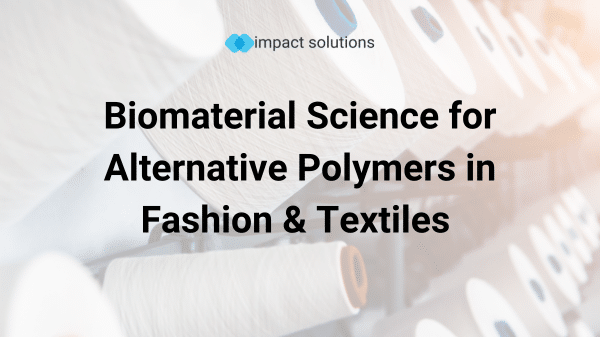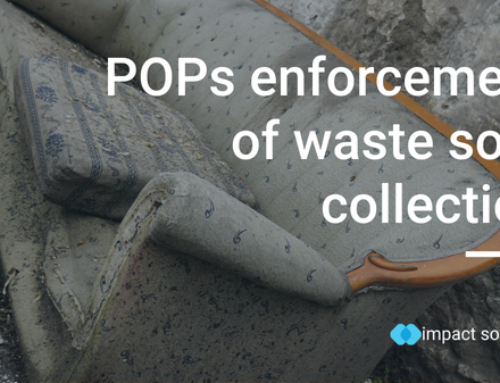Greenwashing concerns have taken a back seat as younger generations continue to skyrocket online and high street fast fashion sales. Major concerns continue to circulate over the manufacturing practices, and greenwashing tactics that are being used by fast fashion brands and the lack of recycling efforts that are in place to recover the garments. Integrating biomaterial science into the fast fashion industry could provide a sustainable solution to the problem.
What materials are used in fast fashion?
Fast fashion garments are made from synthetic materials like polyester, polyurethane, elastane, nylon and acrylic all derived from fossil fuels and are, therefore, called petrochemical textiles. The demand for them increased by at least 30 % in the last decade, which is problematic, as reserves of fossil fuels are depleting at an alarming rate. These types of materials are not biodegradable and have a harmful impact on the environment. Even though there are some plant-based materials used in the making of fast fashion garments, they are unsustainable. For example, to produce 1 kg of cotton requires between 10,000 and 20,000 litres of water, and the cotton industry uses 7 % of the world’s pesticides. Additionally, producing cellulose-derived viscose undergoes heavy chemical processes that have a significant polluting impact on the environment and highly contribute to forest depletion. Here, biomaterial science can offer a more sustainable alternative requiring less energy to produce, manufacture, and dispose of garments.
What are biomaterials?
Biomaterials are substances that have been designed to interact with biological systems and are often biodegradable and sustainable. They date as far back to the ancient Egyptian civilisation when the Egyptians used animal sinew for sutures (stitches). Biomaterials are often used in medical applications but have recently come into the eye of the fashion industry. Biomaterial science aims to replace unsustainable animal-based textiles and non-degradable materials with biologically derived, biodegradable alternatives. In the world of fashion, companies are beginning to respond to the need for a more sustainable industry and turning to biomaterials.
Leather and silk biomaterial alternatives are being used in many high-end branded products. For example, Stella McCartney has a Mylo fashion line made from a material derived from mushrooms and similarly Adidas have used this to create the iconic Stan Smith. Adidas has also launched a fully degradable tennis dress made from a spun mixture of mycelium and synthetic spider silk as an alternative to yarn.
How can Impact Solutions support material science?
Integrating biomaterial science into the fashion industry could lead to innovative solutions that significantly reduce the staggering 1 billion tons of CO2 emissions created annually. At Impact Solutions, we offer bespoke material testing and analysis to ensure products meet all specifications. Services such as accelerated weathering and environmental & climatic testing ensure your product is accurately tested against real-world conditions including temperature, humidity, UV and sunlight exposure. Concurrently, at Impact Solutions our innovations team works across a diverse range of projects and activities such as waste utilisation & recycling, industrial biotechnology, development of advanced materials & functional polymers and biodegradation testing method development. By leveraging the principles of biomaterials science, we are at the forefront of advancing textile recycling through our innovative technologies which contribute to the development of new sustainable materials and products.





